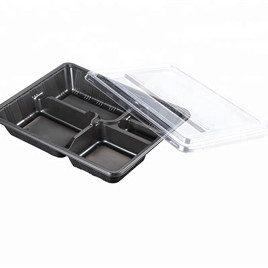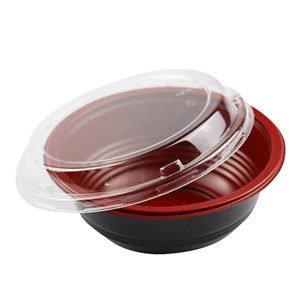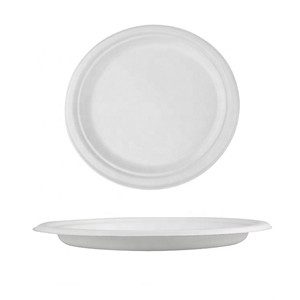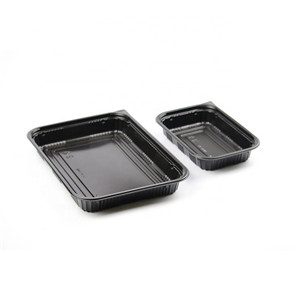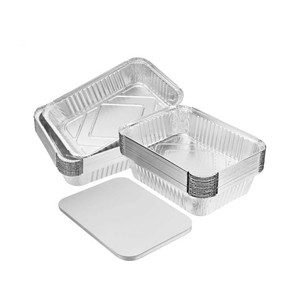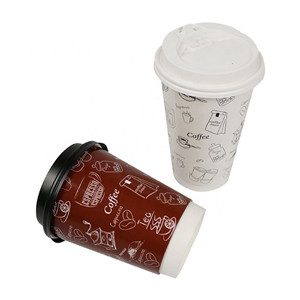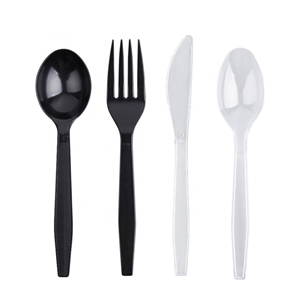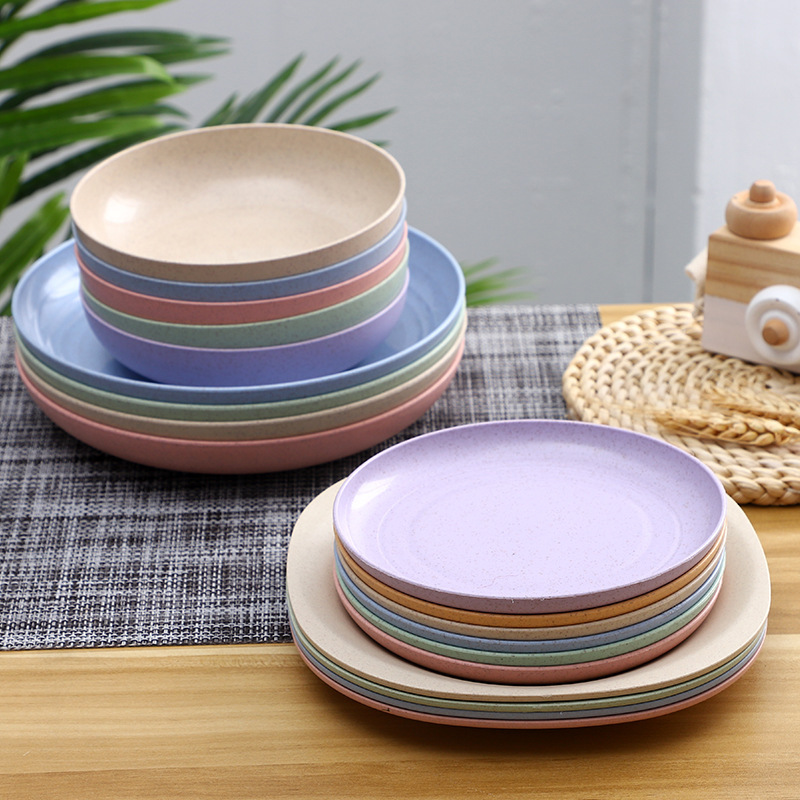Introduction: Plates and bowls are not merely pieces of tableware; they are the result of careful material engineering and design considerations to ensure durability and performance. The science behind these dining essentials involves a deep understanding of materials and manufacturing processes. In this blog, we delve into the science behind plates and bowls, exploring the materials used, their durability, and the technologies that make them practical and long-lasting.
- Material Selection: From Ceramic to Modern Composites The choice of materials significantly impacts the properties and durability of plates and bowls. Traditional tableware materials like ceramic and porcelain are known for their elegance and heat retention properties. However, advancements in material engineering have introduced modern composites, such as bone china and tempered glass, which offer enhanced strength and chip resistance. Each material presents unique benefits that cater to different preferences and usage scenarios.
- The Role of Glazes and Surface Treatments Glazing is a critical step in the manufacturing of ceramic plates and bowls. Glazes not only enhance the aesthetics by providing color and sheen but also create a non-porous surface that resists moisture and stains. Additionally, surface treatments like thermal tempering for glassware contribute to their resilience and resistance to thermal shock, making them more durable and less prone to breakage.
- Manufacturing Techniques: Molding and Kiln Firing The manufacturing process of plates and bowls involves molding the chosen material into the desired shape. For ceramics, this includes slip casting or wheel throwing, while glassware is shaped through pressing or blowing techniques. Once molded, the tableware is kiln-fired at high temperatures to achieve stability and strength. These carefully controlled firing processes are crucial in determining the final durability and quality of the product.
- Impact Resistance and Chip Prevention Durability is a primary concern in tableware design, and manufacturers incorporate various techniques to enhance impact resistance and prevent chipping. For instance, bone china contains bone ash, which gives it added strength and resistance to chipping. Tempered glassware is designed to break into small, less hazardous pieces when shattered, minimizing the risk of injury.
Conclusion: The science behind plates and bowls involves an intricate understanding of material engineering, manufacturing processes, and durability considerations. By carefully selecting materials, utilizing glazing and surface treatments, and employing advanced manufacturing techniques, manufacturers create tableware that not only satisfies aesthetic preferences but also endures the rigors of everyday use, ensuring that plates and bowls remain reliable and functional pieces in any dining setting.


